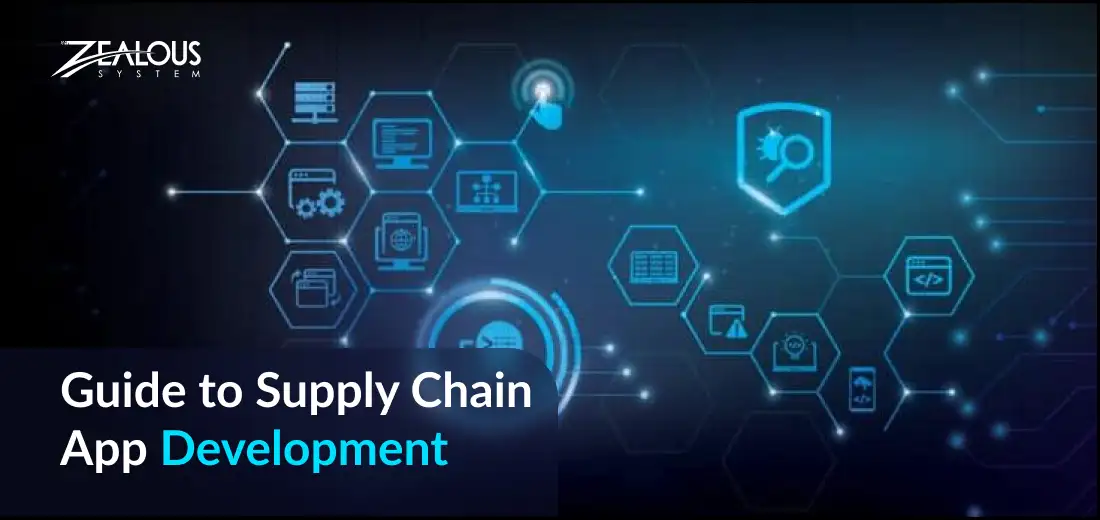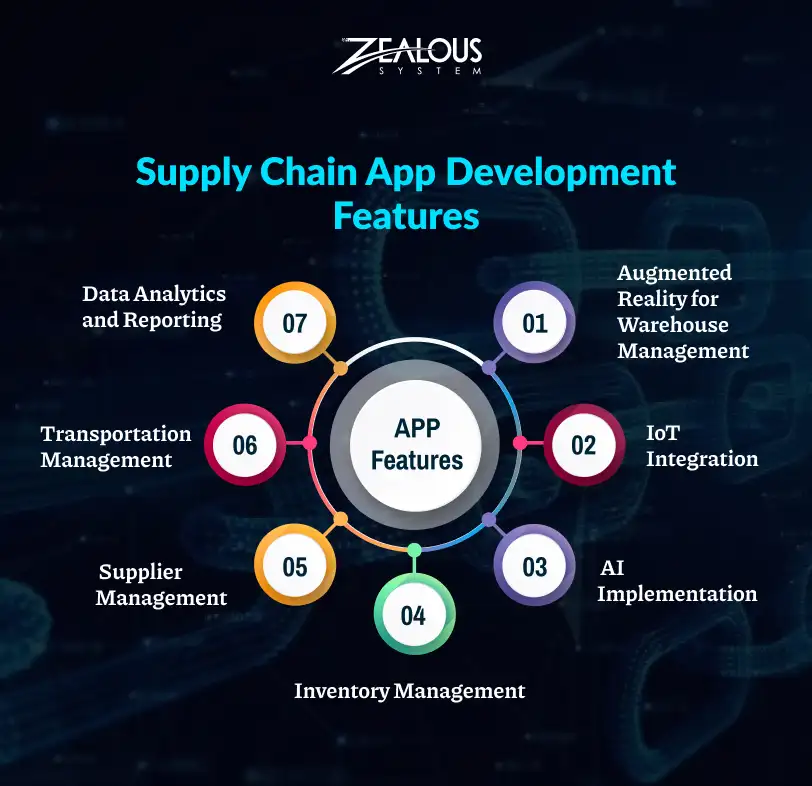
- Company
- Services
- UI/UX Design Services
- Microsoft Dynamics 365
- Mobile App Development
- AI Software Development
- Web App Development
- Generative AI Development
- Digital Product Development
- Enterprise Mobility
- SaaS Application Development
- Application Integration
- White-label WP Maintenance
- ERP Software Solutions
- Software Testing
- Offshore Development Center
- Let’s Connect
- Trending
- Technology
- Industry
- Build Your Team
- Our Work
- Company
- Services
- UI/UX Design Services
- Microsoft Dynamics 365
- Mobile App Development
- AI Software Development
- Web App Development
- Generative AI Development
- Digital Product Development
- Enterprise Mobility
- SaaS Application Development
- Application Integration
- White-label WP Maintenance
- ERP Software Solutions
- Software Testing
- Offshore Development Center
- Let’s Connect
- Trending
- Technology
- Industry
- Build Your Team
- Our Work
We use cookies and similar technologies that are necessary to operate the website. Additional cookies are used to perform analysis of website usage. please read our Privacy Policy
How to Develop Supply Chain App? The Complete Guide

Many industries are going digital to keep up with today’s tech-driven market, and the supply chain industry is no exception. Investing in supply chain application development boosts business growth.
Supply chain apps have emerged as powerful tools to streamline complex processes, enhance visibility, and gain a competitive edge.
Building a supply chain management app will boost your business with the latest technology trends, a smart move transforming your supply chain. It can improve efficiency, supporting global expansion seamlessly.
This blog will guide you through the supply chain app development, exploring its features, benefits, development process, and estimated costs.
What is a Supply Chain Application?
A supply chain app is a mobile application designed to streamline and manage the various procedures involved in your supply chain process. From procurement and production to warehousing and distribution, these apps provide a centralized platform to integrate data, automate tasks, and gain real-time insights into your operations.
Many CEOs, from small businesses to enterprises, are using digital transformation services to improve their supply chain management processes, as seen in the market. Creating SCM applications or software is a step in this transformation.
In 2022, the global supply chain management software has a market value of $15.8 billion. Experts predict it will grow to $33.9 billion by 2028, growing steadily each year. – Source.
Why Should You Invest in Supply Chain App Development?
Investing in supply chain management app development can yield significant benefits for businesses looking to improve their overall operations and gain a competitive edge. Here are 5 key reasons why such an investment is worthwhile:
1. Improved Efficiency:
Supply chain apps streamline processes like order processing, inventory management, and warehouse operations. This translates to less time spent on mundane tasks and more time focusing on strategic initiatives.
Automation not only makes things faster but also guarantees consistency, accuracy, and cost savings. Experience the efficiency and smoothness of your operations with this application’s automation in your supply chain management.
2. Real-Time Visibility:
Having a clear view of your supply chain management in real-time is crucial. An application can make it possible, allowing you to track your product from supplier to customer seamlessly.
Supply chain apps deliver real-time data on inventory levels, order status, and shipment locations. This allows for proactive decision-making, enabling you to identify potential bottlenecks and react to disruptions before they impact your bottom line.
3. Inventory Optimization:
Supply chain apps empower businesses to optimize their inventory management processes. With accurate and up-to-date information on stock levels, reorder points, and demand patterns, companies can avoid overstocking or stockouts.
This not only reduces holding costs but also ensures that products are available when needed, preventing lost sales opportunities and improving overall inventory efficiency.
4. Demand Forecasting:
Supply chain apps integrate data analytics tools that help you forecast trends and anticipate customer needs.
By analyzing historical data, market trends, and other relevant factors, businesses can make informed decisions about production and inventory levels. This strategic forecasting helps prevent excess inventory, reduces waste, and ensures that resources are allocated efficiently.
5. Better Decision-Making:
Supply chain management apps provide a centralized platform that consolidates data from different stages of the supply chain. This comprehensive view empowers decision-makers with real-time insights, allowing them to make informed and strategic decisions.
By having a holistic understanding of operations, businesses can proactively address challenges, optimize processes, and capitalize on opportunities, ultimately contributing to improved decision-making at every level.
Supply Chain App Development – Key Features & Functionalities
1. Augmented Reality for Warehouse Management:
Implementing augmented reality (AR) into a supply chain app improves warehouse management by providing real-time visualizations of inventory, improving picking accuracy, and reducing errors.
AR can guide warehouse staff through optimized routes, facilitating faster and more precise order fulfillment. This feature enhances overall operational efficiency and minimizes human errors in the warehouse.
2. IoT Integration:
IoT (Internet of Things) integration is instrumental in creating a connected and intelligent supply chain ecosystem. Sensors and IoT devices can be employed to track the movement and condition of goods in real-time.
This data helps in monitoring the status of assets, optimizing supply chain processes, and proactively addressing issues such as delays or disruptions. IoT app integration contributes to improved visibility, traceability, and responsiveness throughout the supply chain management.
3. AI Implementation:
Artificial Intelligence (AI) is a game-changer in supply chain application development. AI algorithms can analyze large datasets to provide predictive insights for demand forecasting, enabling businesses to optimize inventory levels and plan more efficiently.
Machine learning algorithms can also enhance route optimization for transportation, reducing costs and improving delivery timelines. AI-driven decision support systems empower businesses to make informed and strategic choices.
4. Inventory Management:
Efficient inventory management is a cornerstone of a successful supply chain management app. Features such as real-time tracking, demand forecasting, and automatic reorder points help businesses maintain optimal inventory levels.
The app should provide insights into stock levels, turnover rates, and shelf-life, enabling businesses to minimize holding costs and prevent stockouts or overstock situations.
5. Supplier Management:
Effective supplier management features enable businesses to collaborate seamlessly with their suppliers. The app should include tools for managing supplier relationships, monitoring
performance, and facilitating communication. Application integration with supplier databases and automated order processes ensures a smooth and efficient flow of goods within the supply chain.
6. Transportation Management:
Transportation management features optimize the movement of goods from suppliers to end customers. This includes route optimization, real-time tracking of shipments, and delivery scheduling.
You can integrate this supply chain management app with GPS tracking and real-time traffic data helps in minimizing transit times, reducing fuel costs, and enhancing the overall efficiency of the transportation process.
7. Data Analytics and Reporting:
Robust data analytics and reporting functionalities are crucial for extracting actionable insights from the supply chain data. The app should provide customizable dashboards, reports, and visualizations that enable users to monitor key performance indicators (KPIs), track trends, and make data-driven decisions. Advanced analytics capabilities contribute to continuous improvement and strategic planning.
Supply Chain App Development Process: 5 Step-by-Step Guide
Building a robust and effective supply chain management app requires a well-defined development process. Here’s a breakdown of the key 5 stages:
1. Requirement Analysis:
- This is the foundation. Here, you clearly define the app’s purpose, target users (warehouse personnel, managers, etc.), and desired features.
- Conduct in-depth interviews and workshops with stakeholders from different supply chain departments to understand their needs and pain points.
- Analyze existing workflows and identify areas for improvement through automation or data-driven insights.
2. Hire Mobile App Developers:
- Based on the complexity of your app and technical requirements, assemble a development team.
- This may include mobile app developer with expertise in iOS or Android development, backend engineers, UI/UX designers, and potentially data scientists for AI functionalities.
- Consider outsourcing development to a mobile app development company if you lack the in-house resources or expertise.
3. Choose Platform and Technology Stack:
- Decide whether you’ll build a native app (separate for iOS and Android) or a cross-platform app that functions on both.
- Choose a technology stack that aligns with your app’s functionalities and integrations. Popular options include:
- Native Development: Swift for iOS, Kotlin for Android
- Cross-Platform Development: React Native, Flutter
- Consider factors like scalability, security, and development time when making your choice.
4. App Development Methodology:
- Agile development methodologies like Scrum are popular choices for supply chain app management development due to their iterative nature.
- This allows for continuous feedback and adjustments throughout the development process to ensure the final product meets your needs.
- The development process typically involves multiple sprints, where features are built, tested, and refined in short cycles.
5. App Test and Launch:
- Rigorous testing is crucial. Perform unit testing, integration testing, and user acceptance testing (UAT) to identify and fix bugs before launch.
- UAT involves real users from your target audience providing feedback on the app’s usability and functionality.
- Once testing is complete, deploy your app to the respective app stores (Apple App Store and Google Play Store) and make it available for download.
Supply Chain App Development Costs Estimation:
Supply chain app development emerges as a potential solution, but the question lingers: how much does it cost?
While there’s no one-size-fits-all answer, understanding the factors that influence the cost of a supply chain app is crucial. Here’s a breakdown to shed some light on your investment:
- Features and Complexity: The more features and complexity, the higher the app development costs.
- Integration Requirements: application integration with existing systems and technologies can impact costs.
- Platform: Developing for multiple platforms (iOS, Android) may incur additional expenses.
- Maintenance and Updates: Ongoing maintenance and updates contribute to the total cost of ownership.
While it’s challenging to provide an exact cost without specific project details, a supply chain app development project can range from tens of thousands to several hundred thousand dollars, depending on the scope and requirements.
Supply chain app development estimated cost:
- Basic Supply Chain App Development: $5,000 – $15,000
- Mid-level Supply Chain App Development: $15,000 – $25,000
- Advanced Supply Chain App Development: $25,000 and above
Conclusion
Supply chain app development emerges as a transformative solution for businesses looking to optimize their logistics operations in the face of modern challenges. The implementing features like AR, IoT, AI, and robust management tools provides unparalleled efficiency and visibility, leading to strategic decision-making and cost savings.
While development costs may vary, the long-term benefits position supply chain apps as essential tools for businesses aiming to stay competitive in today’s dynamic marketplace. leverage technology, streamline operations, and elevate your supply chain management to new heights with a purpose-built supply chain app.
We are here
Our team is always eager to know what you are looking for. Drop them a Hi!
Pranjal Mehta
Pranjal Mehta is the Managing Director of Zealous System, a leading software solutions provider. Having 10+ years of experience and clientele across the globe, he is always curious to stay ahead in the market by inculcating latest technologies and trends in Zealous.
Table of Contents
×


Comments